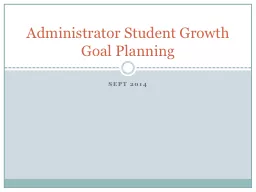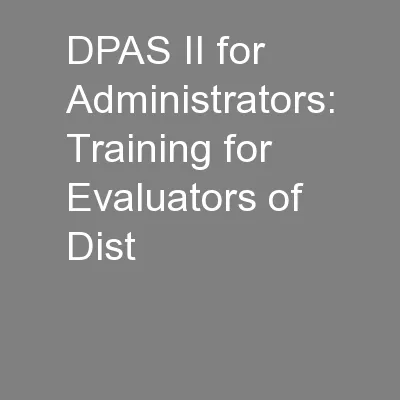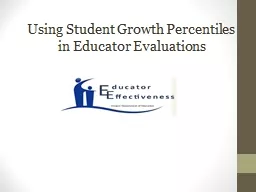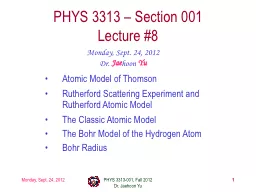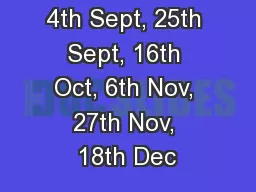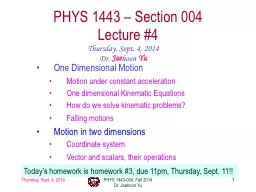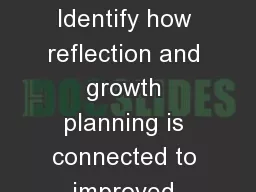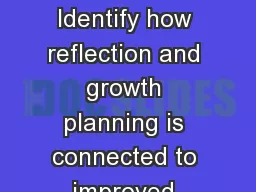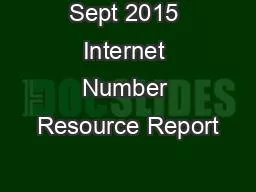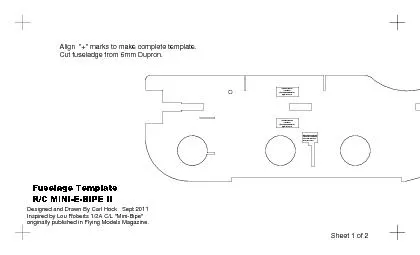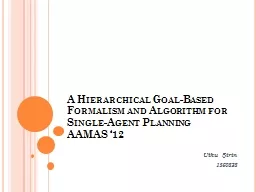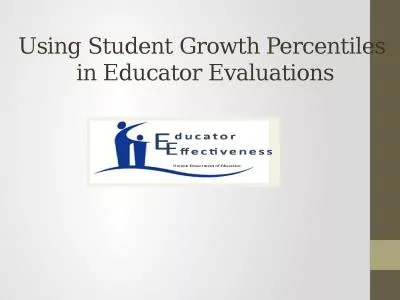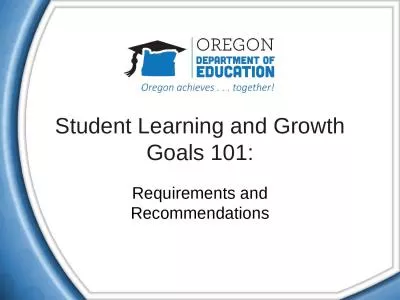PPT-Sept 2014 Administrator Student Growth Goal Planning
Author : conchita-marotz | Published Date : 2018-03-21
In order to measure teachers contribution to student academic progress at the classroom level and administrators contribution at the school or district level Oregon
Presentation Embed Code
Download Presentation
Download Presentation The PPT/PDF document "Sept 2014 Administrator Student Growth G..." is the property of its rightful owner. Permission is granted to download and print the materials on this website for personal, non-commercial use only, and to display it on your personal computer provided you do not modify the materials and that you retain all copyright notices contained in the materials. By downloading content from our website, you accept the terms of this agreement.
Sept 2014 Administrator Student Growth Goal Planning: Transcript
Download Rules Of Document
"Sept 2014 Administrator Student Growth Goal Planning"The content belongs to its owner. You may download and print it for personal use, without modification, and keep all copyright notices. By downloading, you agree to these terms.
Related Documents

